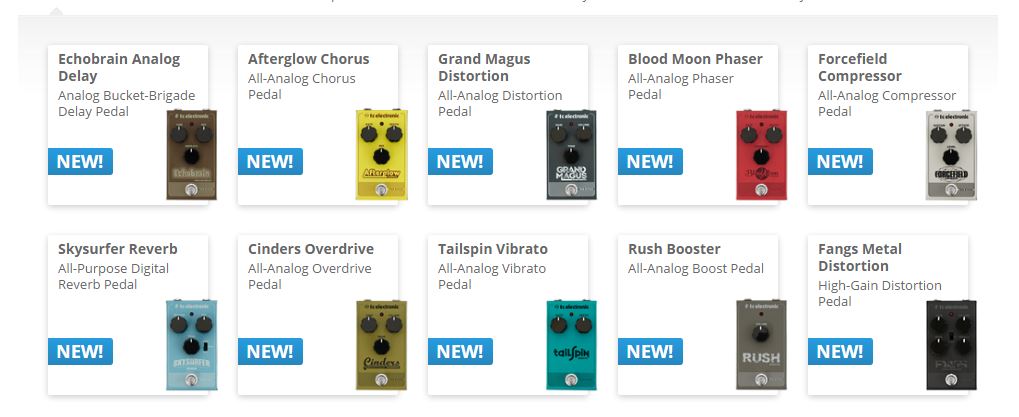

A character may be having a stressful experience, so to enhance this, adding distortion to amplify the surrounding sounds can create a more impactful scene.īelieve it or not, there are different types of distortion. Or, an individual could be playing around with a radio, trying to find the correct frequency to listen to a station. You may be making a sci-fi film and using distortion to replicate communications from outer space. Meanwhile in filmmaking, ensuring the sound replicates what it would sound like in real life, so avoiding unintended distortion in production is key.īut it can open doors creatively, and can be striking. In sound design, post-production may require you to add distortion to enhance a particular situation or even use it creatively to display a certain emotion. Distortion can be used for Lo-Fi tracks and adding character to vocals. While it can make instruments sound heavy, distortion can also brighten sounds (on an electric guitar to make it stand out amongst the other instruments). Using this on a bass part can create more density, perfect for a more pronounced bass line. Playing with distortion can signal to the audience that a noise is loud.Īdding distortion to your mixes can add texture. In sound design, we can use distortion to enhance tension or creatively play around with the natural sounds to elevate a particular scenario. The extra-gritty nature added makes it more exciting, becomes punchier, and just sounds plain cool! They use an overdrive pedal connected to both the guitar and amp. Electric guitarists heavily use distortion as it is a pretty iconic effect to add to a solo. In creative speak, distortion can be a positive thing. However, there are ways to creatively control distortion for an additional effect, rather than associating it with lousy audio quality. Anything above needs care, as distortion may come into the mix. Zero dB represents the maximum capacity of a signal. When working in an NLE or Digital Audio Workstation (DAW), turning up the gain above zero decibels (dB) can create distortion. These are everyday examples of distortion. In other instances, if you’re on a video call for a business conference, distortion from your audio feed isn’t so pleasing as you want your voice to sound as natural as possible. The speaker may be so loud that it becomes uncomfortable to listen to your music. The result is a fuzzy and crushing sound that isn’t so pleasing to the ear. The tops of the sound wave essentially get “clipped” off, and as a result, it loses some of its data. This is when the signal pushes beyond its maximum capability within its sound system. The most recognizable type of distortion is clipping. Pushing these electronics to the extreme can hinder the sound and cause distortion. In this case, it transforms electrical signals into mechanical movements to create sound. A loudspeaker or a microphone has a transducer that converts energy into another form of energy. The cause of distortion is the overload of amplifying a signal. Distortion changes the waveform therefore the output differs from the input signal. The definition of distortion is the process deviation from the original signal.
#Audio overload premiere how to
Today we will discuss audio distortion, the effects it can have on your where and how to use it to make strategic creative decisions. It’s definitely one of the most important things to watch out for as you’re editing audio and it’s a term you need to understand keenly.

Have you ever wondered why distortion happens in your mixes or how it works?ĭistortion can be both a benefit to your projects and a sign that the audio quality isn’t up to par.

Learn the ins and outs of using distortion to your advantage. Audio distortion, like any audio effect, can enhance your film or video.


 0 kommentar(er)
0 kommentar(er)
